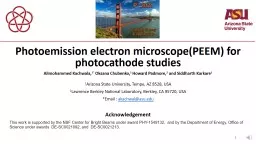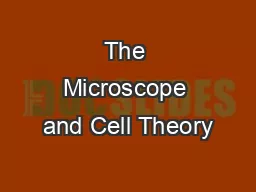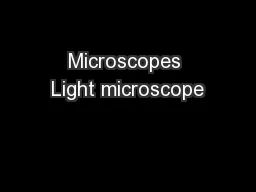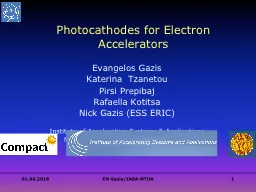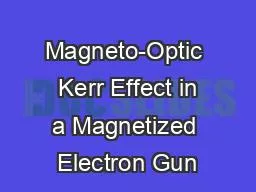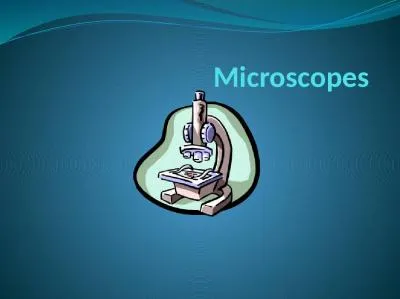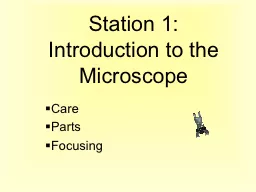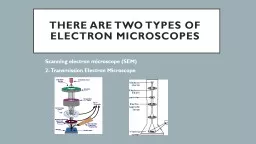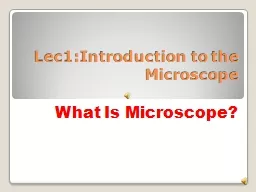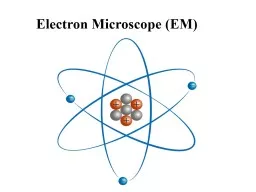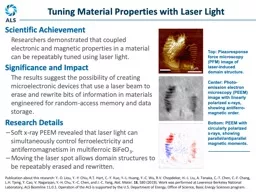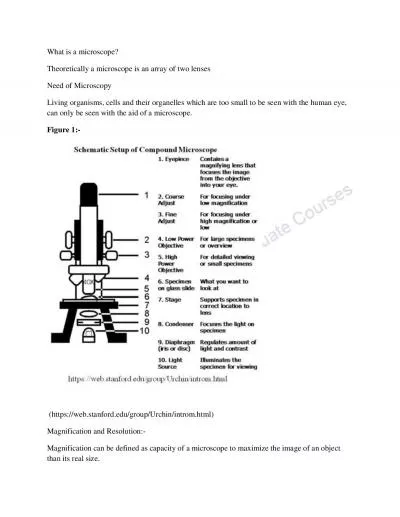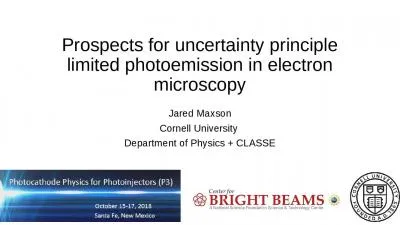PPT-Photoemission electron microscope(PEEM) for photocathode studies
Author : JollyJoker | Published Date : 2022-08-02
Alimohammed Kachwala 1 Oksana Chubenko 1 Howard Padmore 2 and Siddharth Karkare 1 1 Arizona State University Tempe AZ 8528 USA 2 Lawrence Berkley National Laboratory
Presentation Embed Code
Download Presentation
Download Presentation The PPT/PDF document "Photoemission electron microscope(PEEM) ..." is the property of its rightful owner. Permission is granted to download and print the materials on this website for personal, non-commercial use only, and to display it on your personal computer provided you do not modify the materials and that you retain all copyright notices contained in the materials. By downloading content from our website, you accept the terms of this agreement.
Photoemission electron microscope(PEEM) for photocathode studies: Transcript
Download Rules Of Document
"Photoemission electron microscope(PEEM) for photocathode studies"The content belongs to its owner. You may download and print it for personal use, without modification, and keep all copyright notices. By downloading, you agree to these terms.
Related Documents

